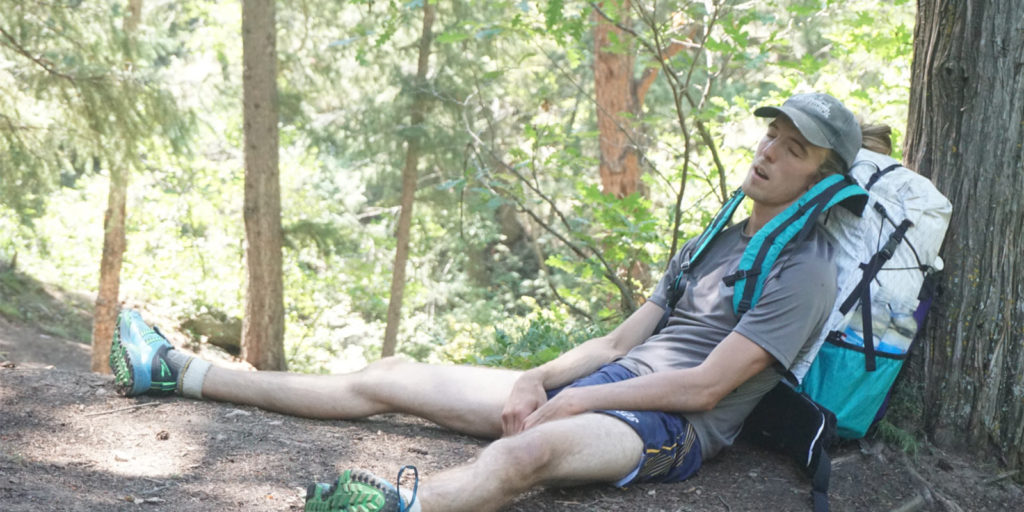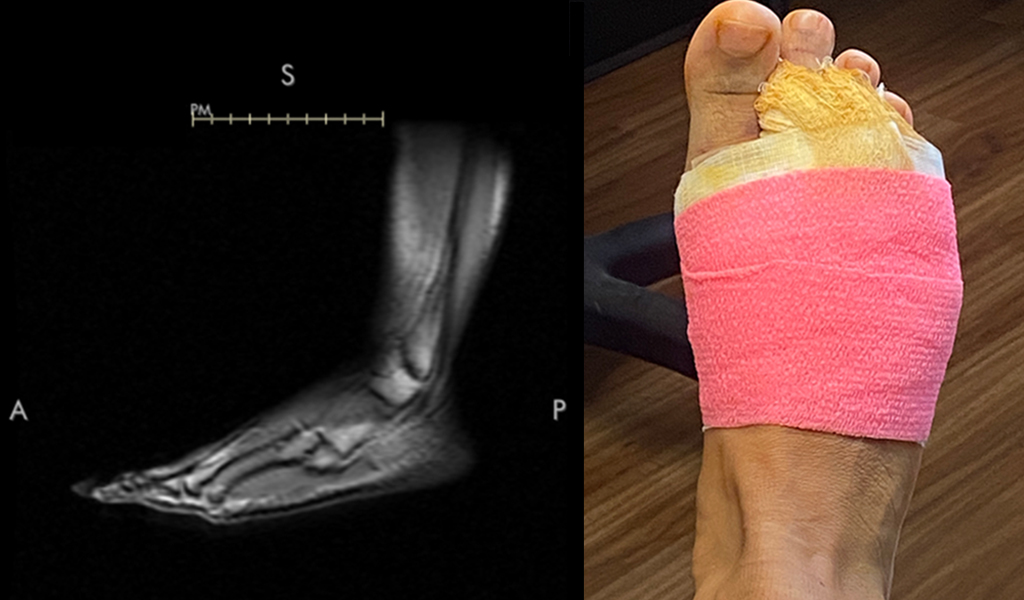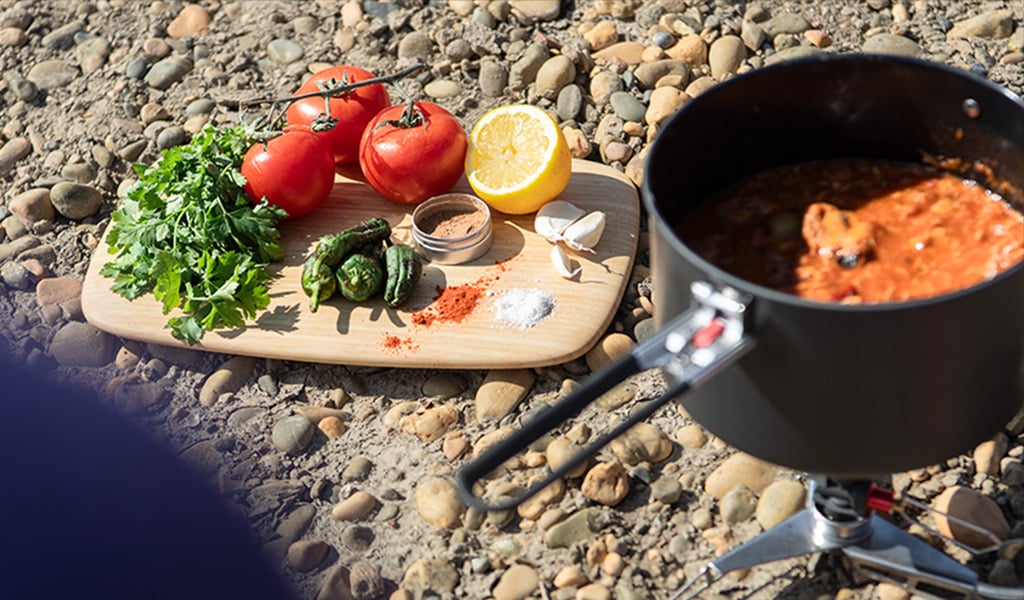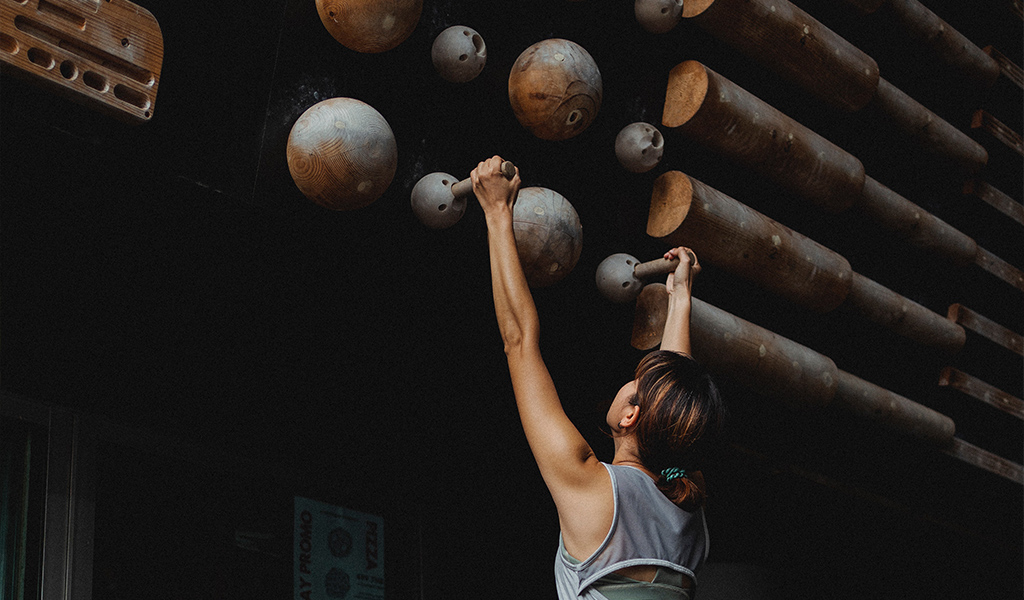Why Rest Days Matter
The ache in my toes was subtle at first. I came off of a multi-pitch climb in California, unlaced my shoes and noticed a new tenderness in my joints. But I was rock climbing. Didn’t something always hurt while I was rock climbing? Cramming my feet into narrow blocks of rubber was just part of the process. Over the following weeks, I alternated between taking rest days and partaking in light activity to give my feet the chance to recover from their ailment. But it wasn’t long before I was back on the wall, exploring the limits of my body. Early on in my life, I learned that if you just put your head down and move forward through the pain, things usually get better. In my experience, doctor’s visits were usually costly and ineffective at treating the issues that I was facing. And I’d successfully worked through sprained ankles and ligament strains before. Surely this would be no different. But the pain persisted, growing worse with each visit to the crag. Then came an MRI that told me I had a plantar plate tear, and that I was going to need surgery.
The funny thing about movement is that it’s great for you until it’s not. A morning jog pumps extra oxygen and nutrients into your tissues, giving your body what it needs to grow strong and agile. Strength training increases bone density, reducing the development of osteoporosis and other age-related ailments. But participating in too much activity carries risks of its own. My surgeon explained that my biomechanics paired with overuse were likely the cause of my injury. Too much repetitive pounding and unnatural movement may have created the rupture. And continuing my intense regimen of running and climbing while ignoring the pain for a year made it unlikely to heal on its own. If I opted out of surgery, it was just a matter of time before my second toe would drift over my first toe, like it was wishing for good luck. If I chose to have the surgery, I’d have to spend at least a few weeks in a boot, and another 10 months recovering from the trauma of the surgery, giving up an entire year of mountain exploration.
One night, while elevating my newly-repaired foot on the couch, I began conducting research. The words on my computer were staring back at me, telling me what I already knew but was unwilling to acknowledge. Rest days are an essential part of any athletic routine. While no one can say for sure whether taking more rest days would’ve prevented a plantar plate tear in my foot, it’s possible that they would have helped.

The Science of the Rest Day
Athletic participation naturally contributes to a breakdown of the body. Rest days give athletes the opportunity to take a break from their standard activities, bringing their bodies back to a state of homeostasis. Rest days contribute to lower levels of fatigue in athletes. They’ve also been shown to reduce the risk of injury and improve sleep quality. They even give your body the chance to replenish glycogen (fuel stores), preparing you for the next athletic challenge. Taking regular rest days helps to alleviate soreness while supporting muscle growth. Without adequate rest, muscles and tissues don’t have the resources they need to repair themselves, which can contribute to poor performance and injuries.
According to the American Council on Exercise, athletes should incorporate a rest day into their routine every 7 to 10 days. But depending on the intensity and style of exercise, some athletes may benefit from making modifications to this plan. People may also need to take a rest day if they experience persistent soreness, sluggishness, shifting moods, changes in appetite and/or difficulty with sleeping.
Rest days also give athletes the opportunity to evaluate whether or not they might be overtraining. Overtraining can not only impact your performance, but it may also impact your lifestyle by contributing to higher levels of fatigue, tension, depression and poor quality sleep. Perpetual over-trainers are also more likely to experience a plateau or decline in performance than those who give their bodies the chance to rest.

Getting Injured
I knew I was injured as soon as I rappelled off of the route, but without proper imaging, I couldn’t determine just how injured I was. If I’d sought medical attention earlier during the injury process, my body may have been able to heal itself without the help of a scalpel. My surgeon told me that, when caught early, some patients experience healing while wearing a boot. But at the one-year anniversary of the injury, my body’s chances of healing the injury were slim. So, instead of spending a month or two in a boot, I ended up spending two months in a boot and another year recovering from the surgical procedure—which is substantially more intrusive than the former fix.
At some point, most athletes will experience some kind of injury. A 2017 study showed that college athletes averaged about two injuries per year. Although the type and severity of injury varied widely between athletes, they were extremely common. Taking injury prevention seriously, and incorporating rest days into athletic routines, may make a difference in these outcomes.

Recovering From an Injury
One of the biggest obstacles that I encountered during my recovery was my deteriorating mindset. How could I go from being an accomplished athlete to struggling to walk to the bathroom? My new normal seemed to be binge-watching Friends and working excessively. But choosing to bypass the recovery phase of an injury can cause further damage to the impacted area or secondary injuries. While it can be frustrating to have to slow down, it’s usually the fastest path to recovering your abilities. These are a few of the things that helped me during my own recovery process.
- Create Structure & Routine: Even though I was relatively bedridden for the first few weeks, I began to create structure and routine for myself. I woke up at the same time every day and gave myself a few tasks to complete (like reading a chapter of a book or learning a song on guitar).
- Cultivate Patience: Everyone’s recovery may look different. If you know someone who has recovered from the same injury, or you’ve been through the process before, you know that there’s very little regularity to it. Allowing your body to work its magic is one of the best ways to boost the recovery process.
- Eat a Wholesome Diet: The recovery process often looks passive: we sit around and wait until we’ve made our way through our injuries. But there are a few active things that you can do. Nourishing yourself with healthy foods is a good way to support your body while giving yourself a task.
- Remember the Risk of Re-Injury: Did you know that one in five athletes suffer from re-injuries when they go back to their sports? The risk of re-injury is relatively high, which makes taking the time for a proper and complete recovery incredibly important.

How to Get Started Again
Getting back in the sports arena after an injury can be a frustrating process. Many of us have to reckon with reduced fitness, mental blocks, and limited mobility. But it is possible for most athletes to return to their standard activities after an injury. Since the risk of re-injury is so high in athletes, I’ve found that taking things slowly usually yields better results than jumping right back in. If I experience pain, I either switch activities or end the session for the day. Pain is the body’s cue that something is wrong.
Since I was working through a foot injury, I was able to modify the type of activity that I was doing to get back on the horse. Instead of running or hiking, I began weight lifting in the gym. I also worked on flexibility and core, giving my feet a little bit of extra time off. Once the doctor okayed hiking and running, I slowly began introducing those sports back in at a very moderate pace and distance. Taking it slow was one of the best things I could’ve done for myself.
Proactive Tips for Avoiding Injuries
One of the best ways to prevent injuries from occurring is by taking proactive steps to protect your body. Although most athletes are prone to becoming injured at some point, mitigating some of those injuries may be possible. These are some strategies I’ve used to reduce the frequency of injuries of my own.

Injury Prevention Tips:
- Take time to warm up and cool down
- Stretch
- Core training
- Diversify sports activities
- Hydrate
- Take a rest day every 7-10 days
Taking steps like finding and using the appropriate sports gear may help to keep your body injury-free. A high-quality pair of shoes, for example, could help you from developing foot ailments. Athletes may also take steps to enhance their balance, and maximize form during training sessions in order to give themselves the most support possible.
Note: This article describes the author’s injury experience and should not be interpreted as medical advice. Please contact a healthcare professional for questions and concerns about your own injury.
 About the Author
About the Author
Mary Beth Skylis has been lucky enough to begin her life of outdoor pursuits on long trails, hiking the 2200-mile Appalachian Trail, the 458-mile Colorado Trail, and part of the Annapurna Circuit. She has feasted her eyes on the snowy Himalayan peaks, watched aggressive rhinos contemplating a charge, and observed Costa Rican monkeys leaping through the air. Her work can be found in Backpacker Magazine, Outside Magazine, and Yoga Journal.
